NOTE: If you're looking for the "Our Kit Series" blog, please click here: Fly Fishing Mountain Lakes. Otherwise, read on to learn about the two different Surgeon's knots:
Not the Same Knot
While both of these common fly fishing knots utilize the same basic principle, there are slight variations in how they are tied and what they are used for. We’ve broken both down below into a simple step-by-step how-to.
When to Use a Surgeon’s Loop
This simple knot is used to create a strong loop in the end of your leader or tippet to allow for loop-to-loop connection between tippet and leader or leader and the welded loop of your fly line. Read on for step-by-step instructions!
Tying a Surgeon’s Loop
- Double the end of your leader or tippet over on itself.
- Make a loop with the doubled line.
- Draw the end of the doubled line through the loop twice.
- Wet the knot and cinch it down.
When to Use a Double Overhand Surgeon’s Knot
This is one of the most commonly used knots in fly fishing. Simple and strong, this is an efficient way to attach tippet to leader and tippet to tippet. It’s also great for fishing with a dropper; you can leave a tag end and tie on a fly for a more natural presentation. Though there are other knots that allow you to achieve similar results, the simplicity and speed with which a double-overhand surgeon’s knot can be tied makes it a fly fishing mainstay. Read on for step-by-step instructions and a helpful how-to video!
Tying a Double Overhand Surgeon’s Knot
- Place the two ends of tippet (or leader and tippet) side-by-side, pointing in opposite directions.
- Make a large overhand loop in the center of the overlapping ends.
- Now, simply pull one side of the tippet ends through the loop twice.
- Wet the knot with some spit or water and cinch it down.
- Trim off the tag ends or leave one long to tie on a dropper.
Drop your questions or requests for future instructional blogs in the comments below. Happy fishing!

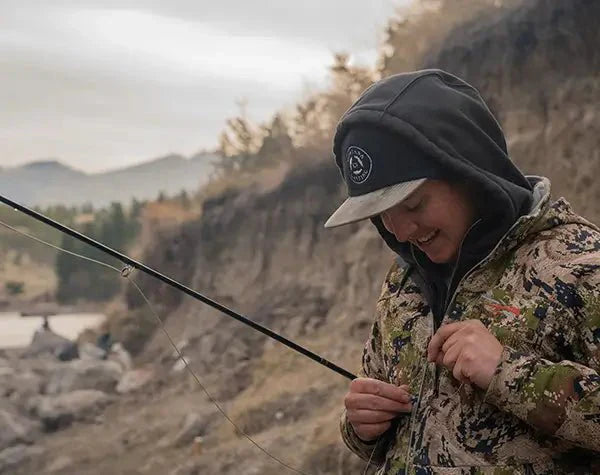
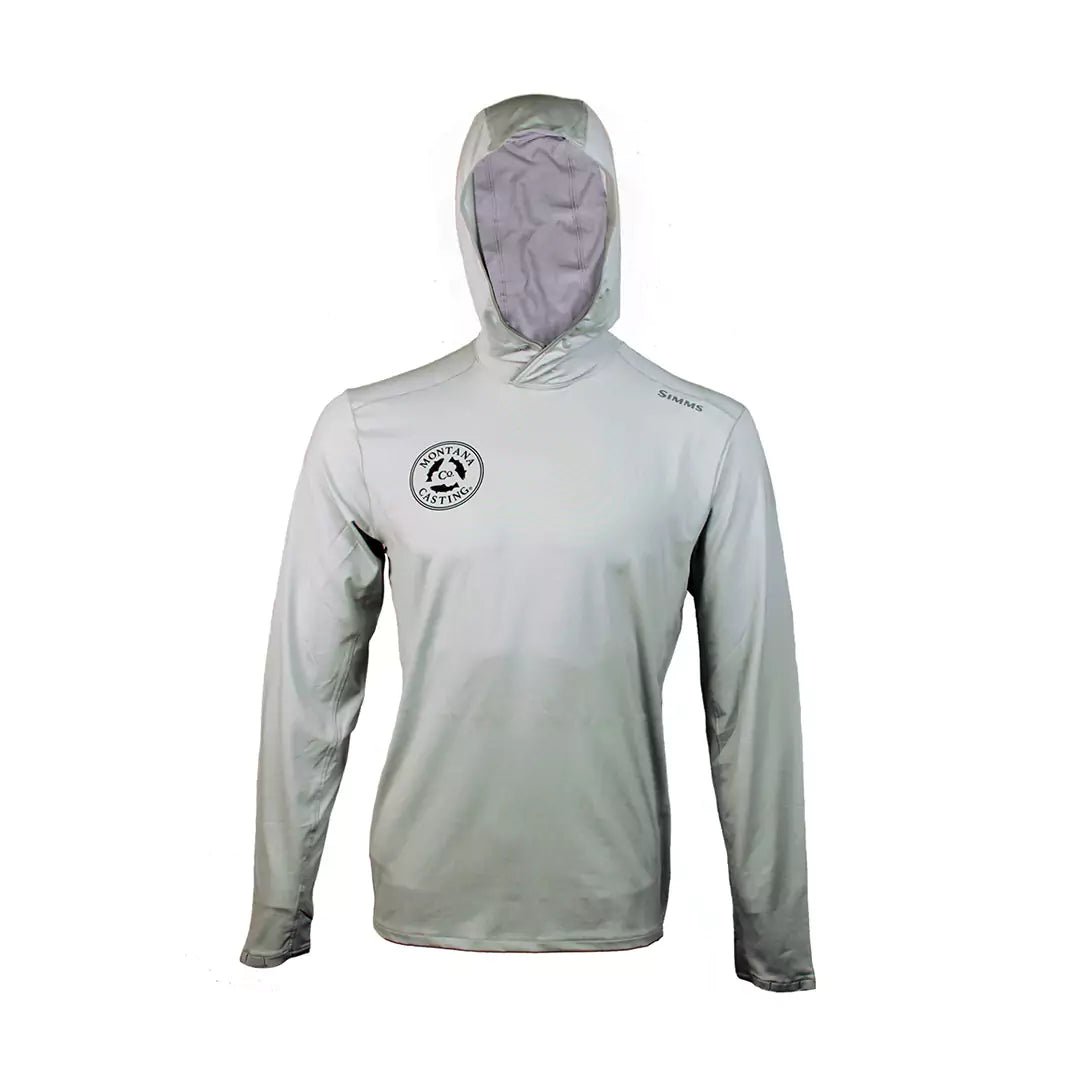

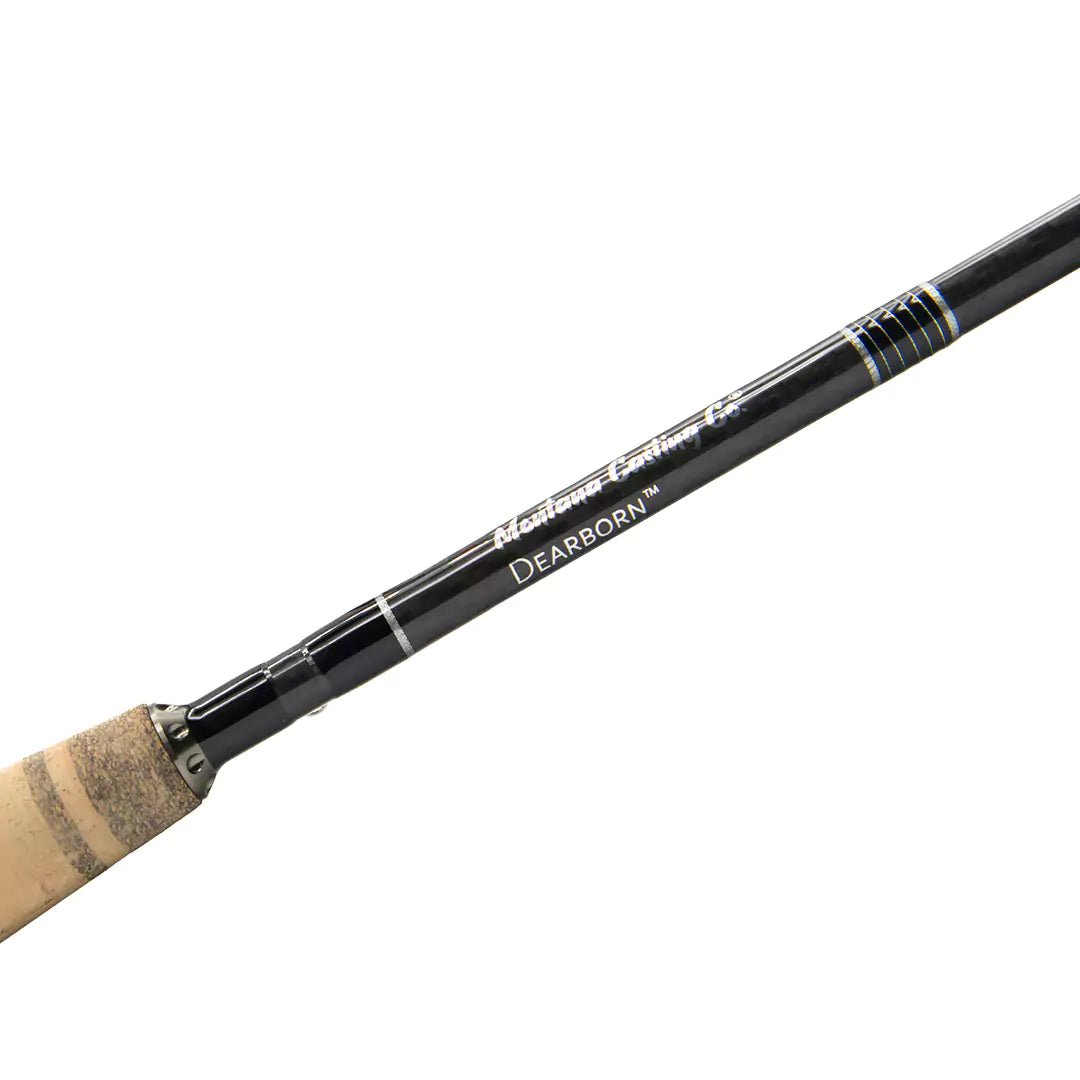
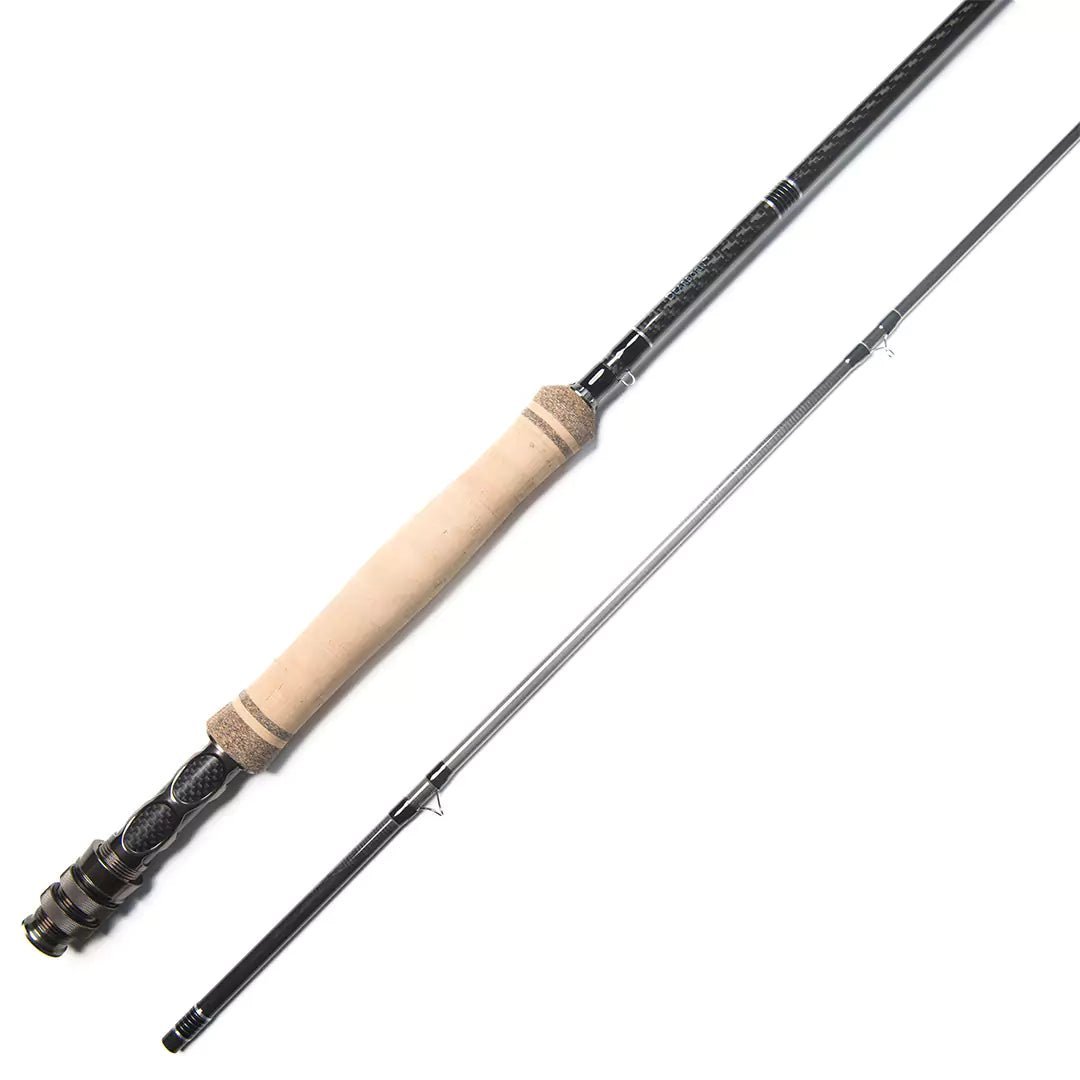
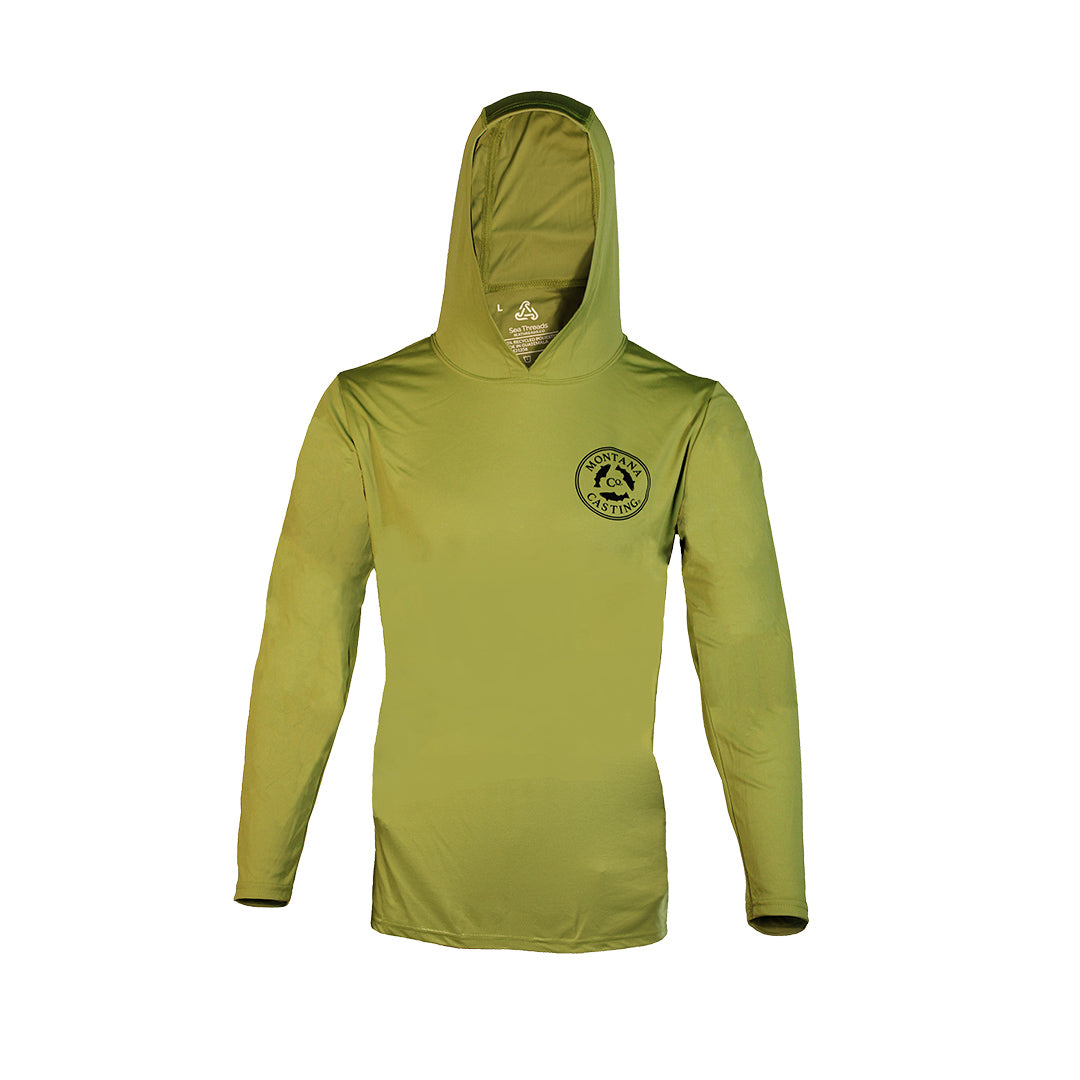

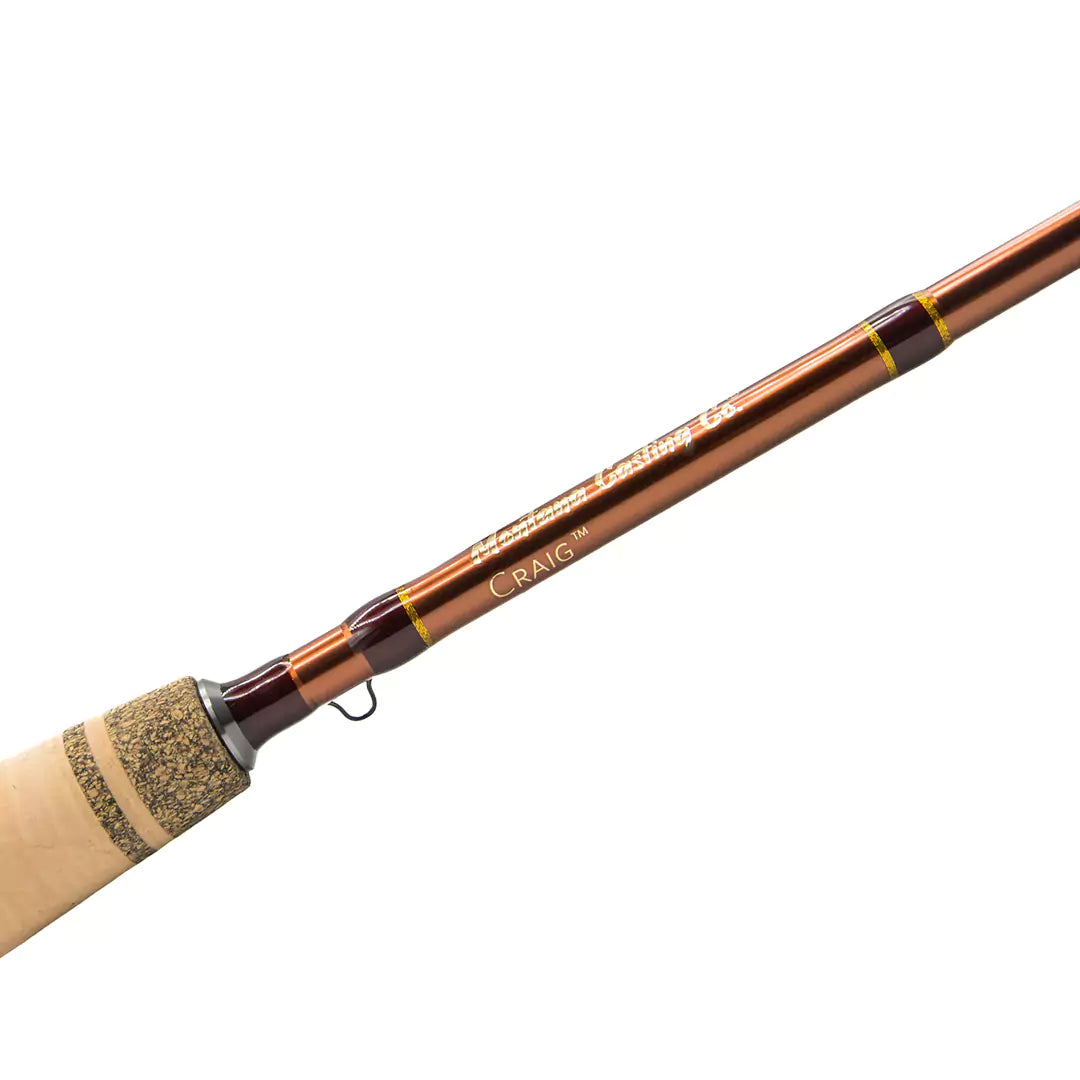
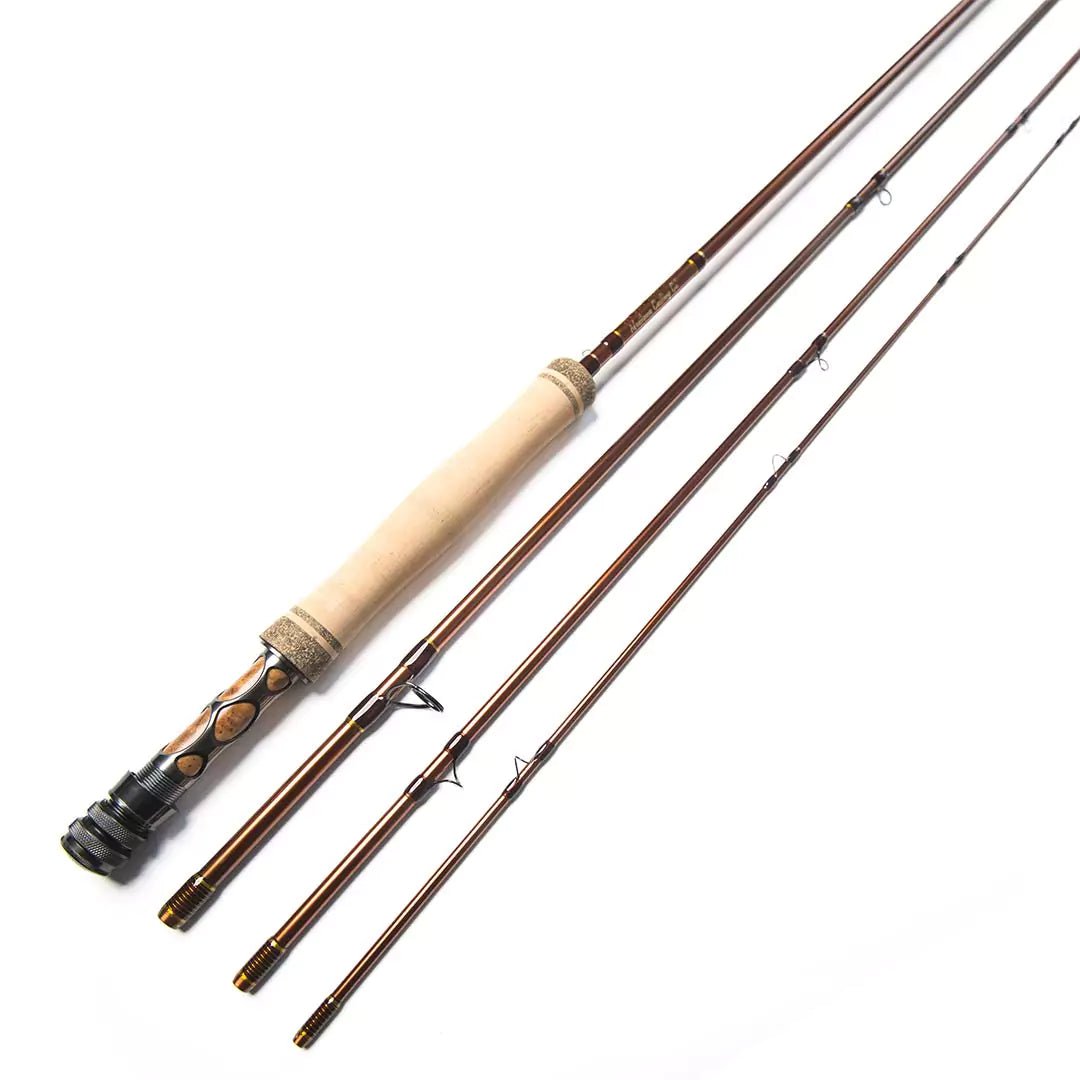
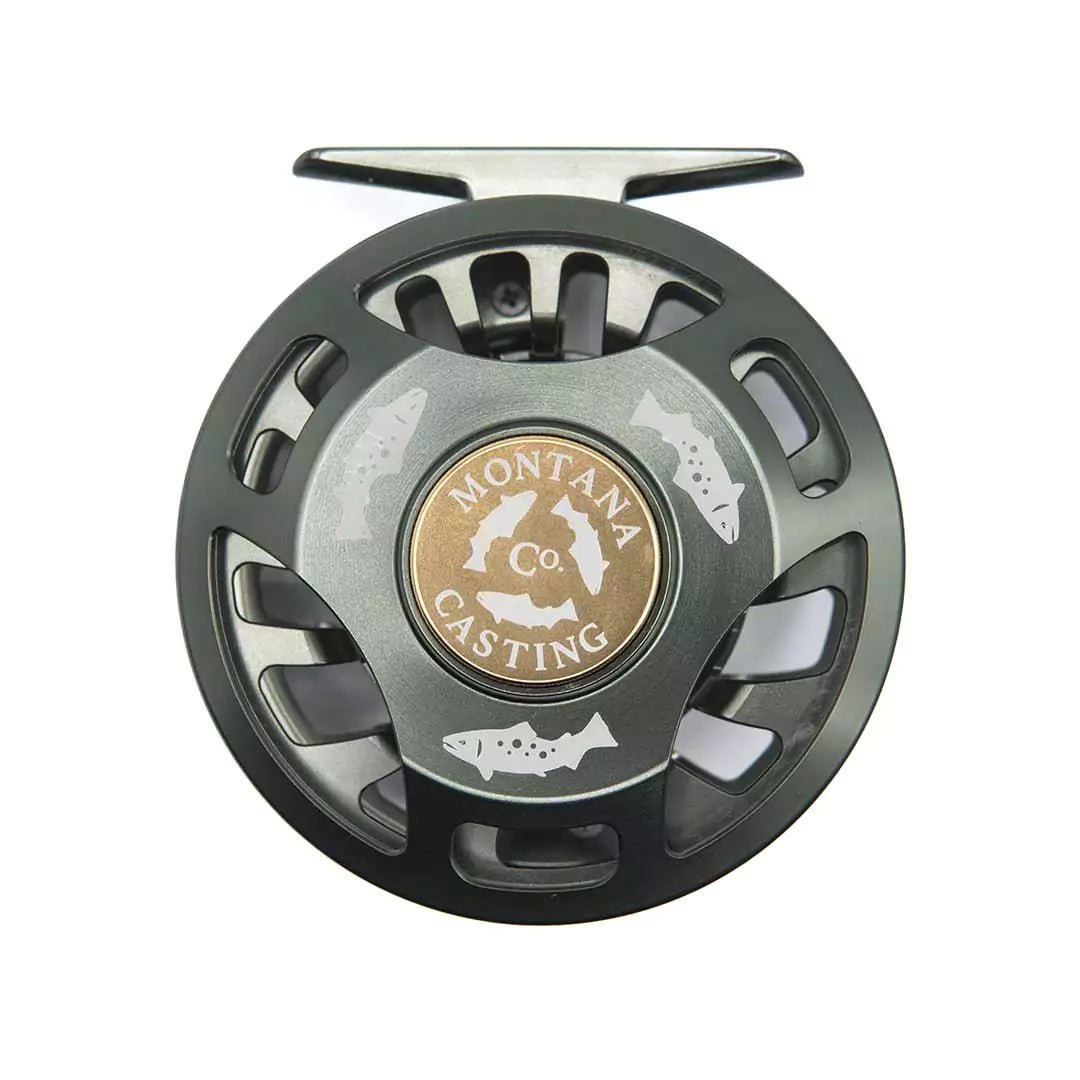
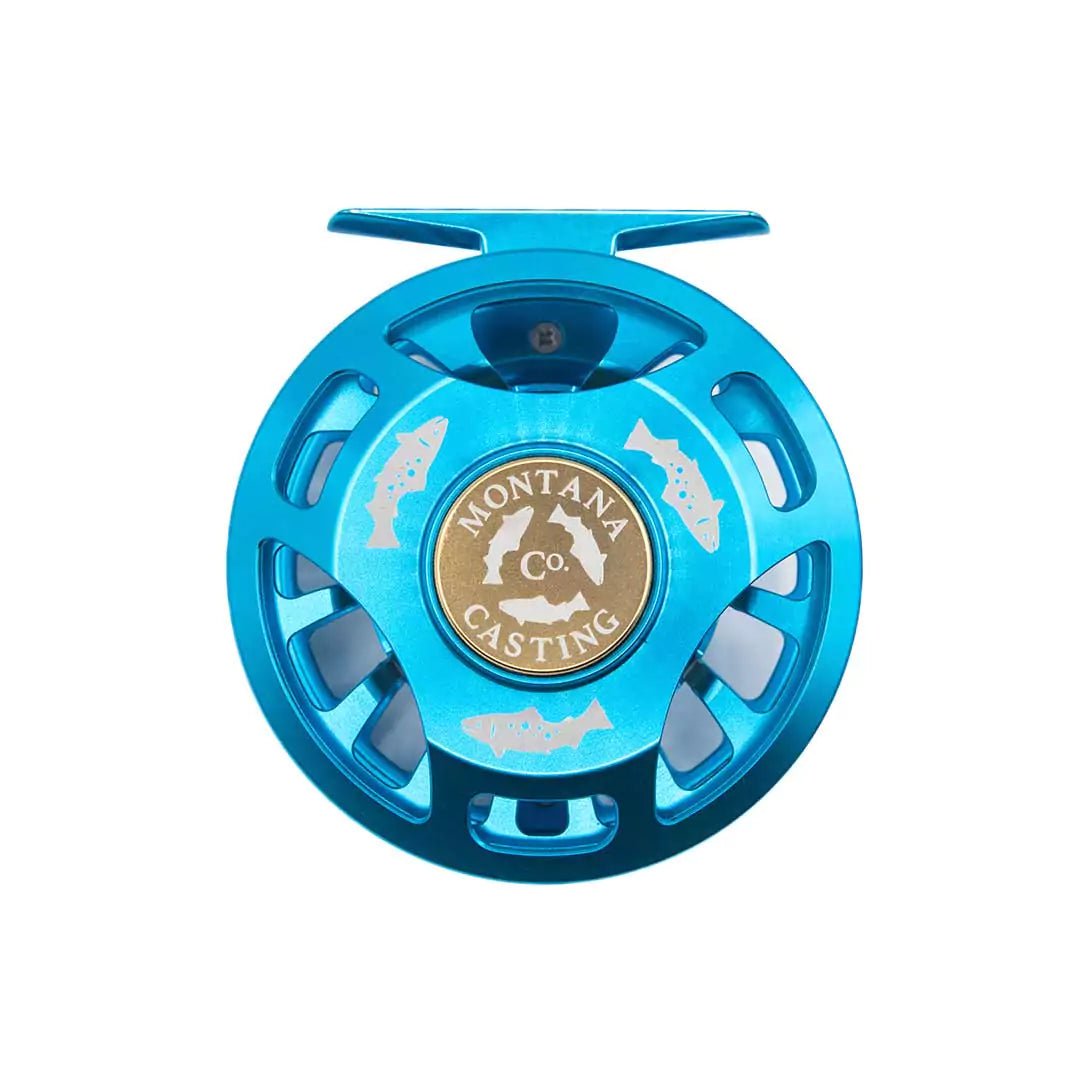
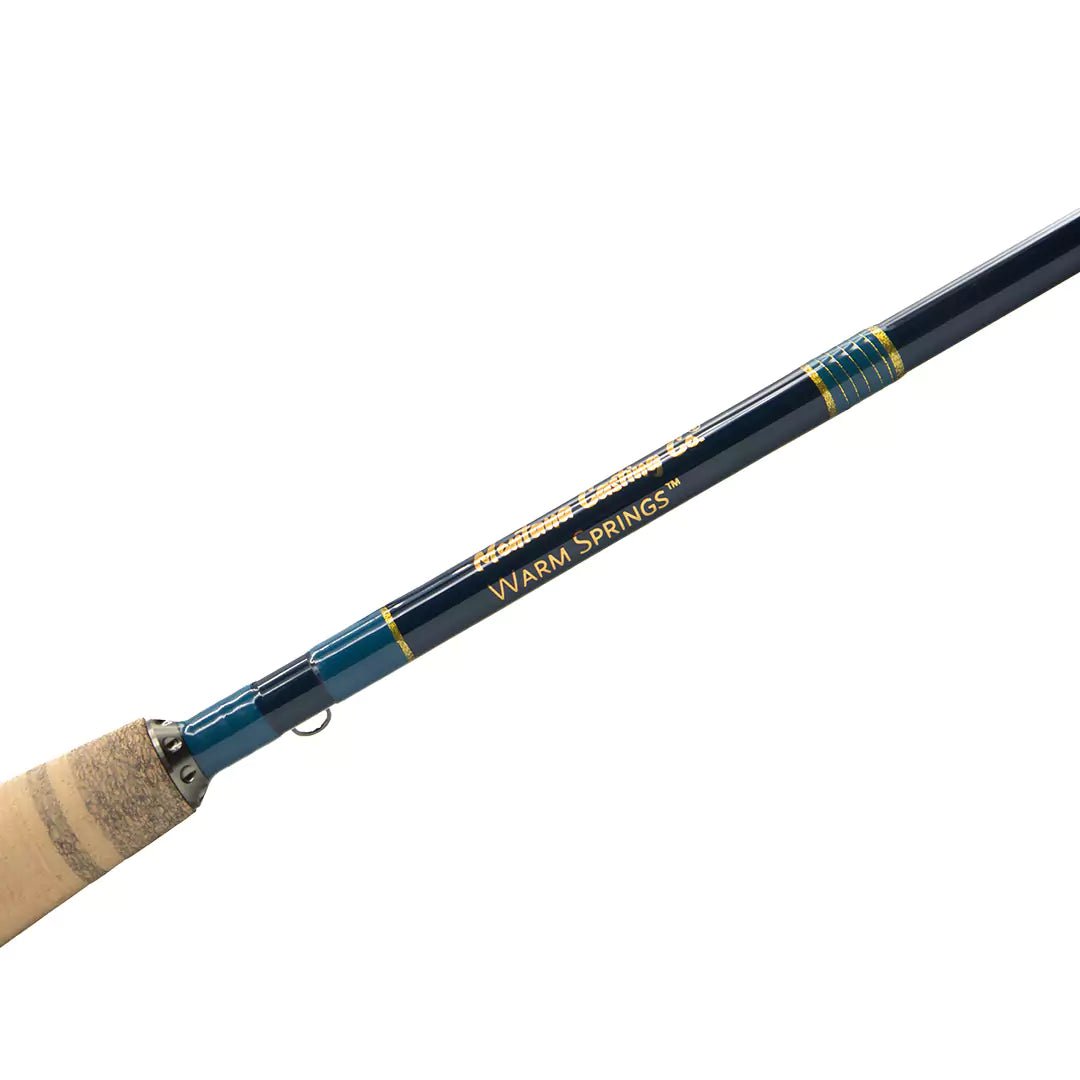
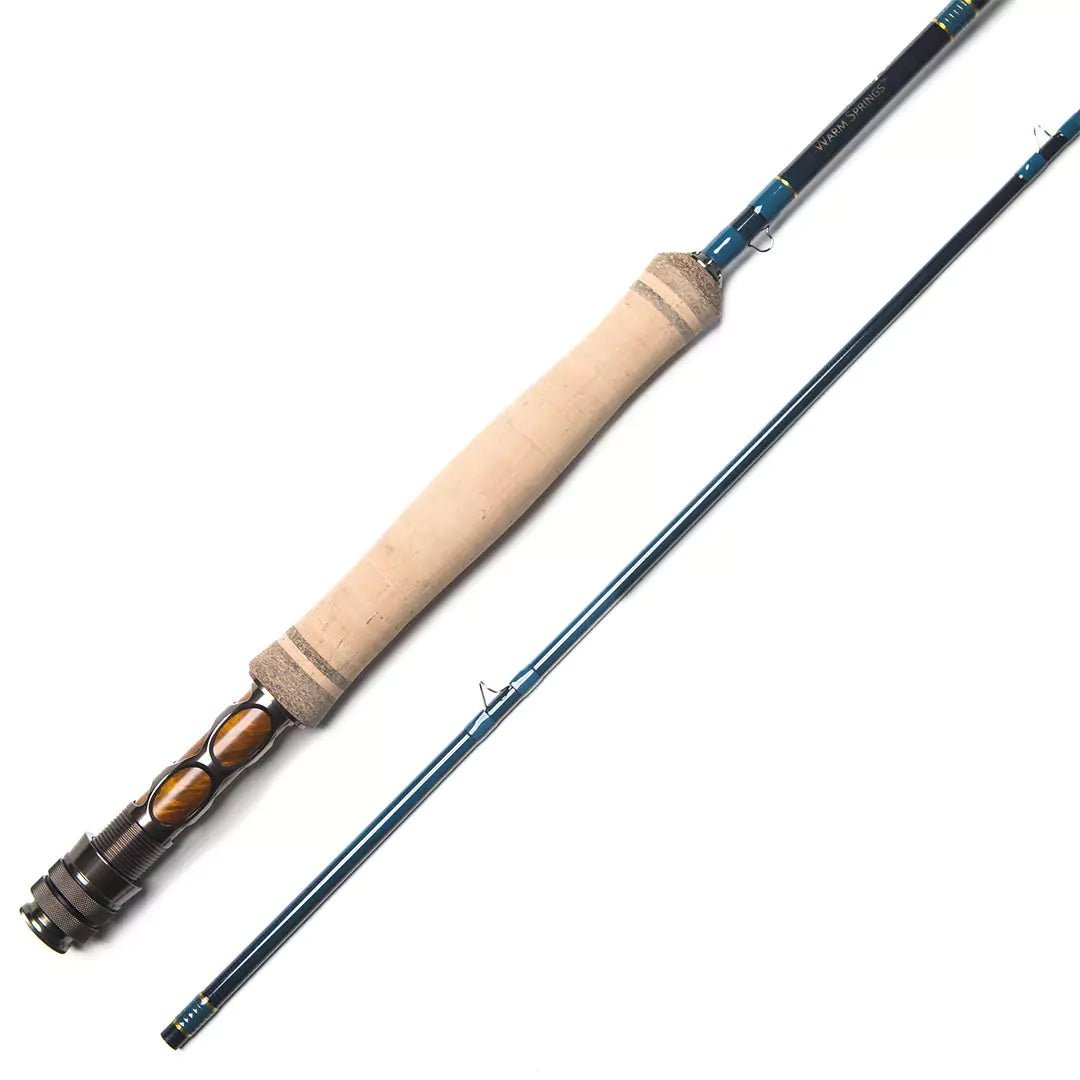
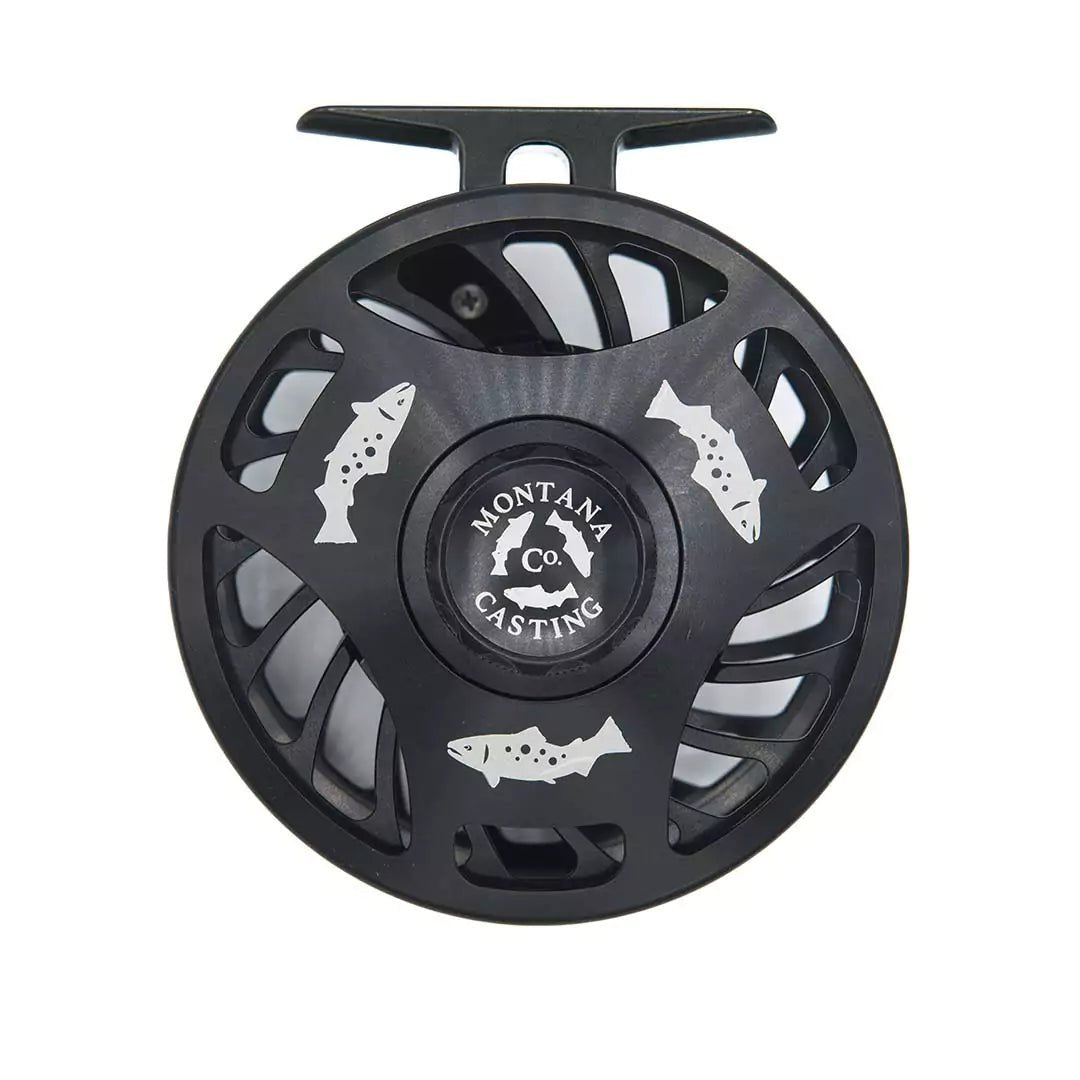
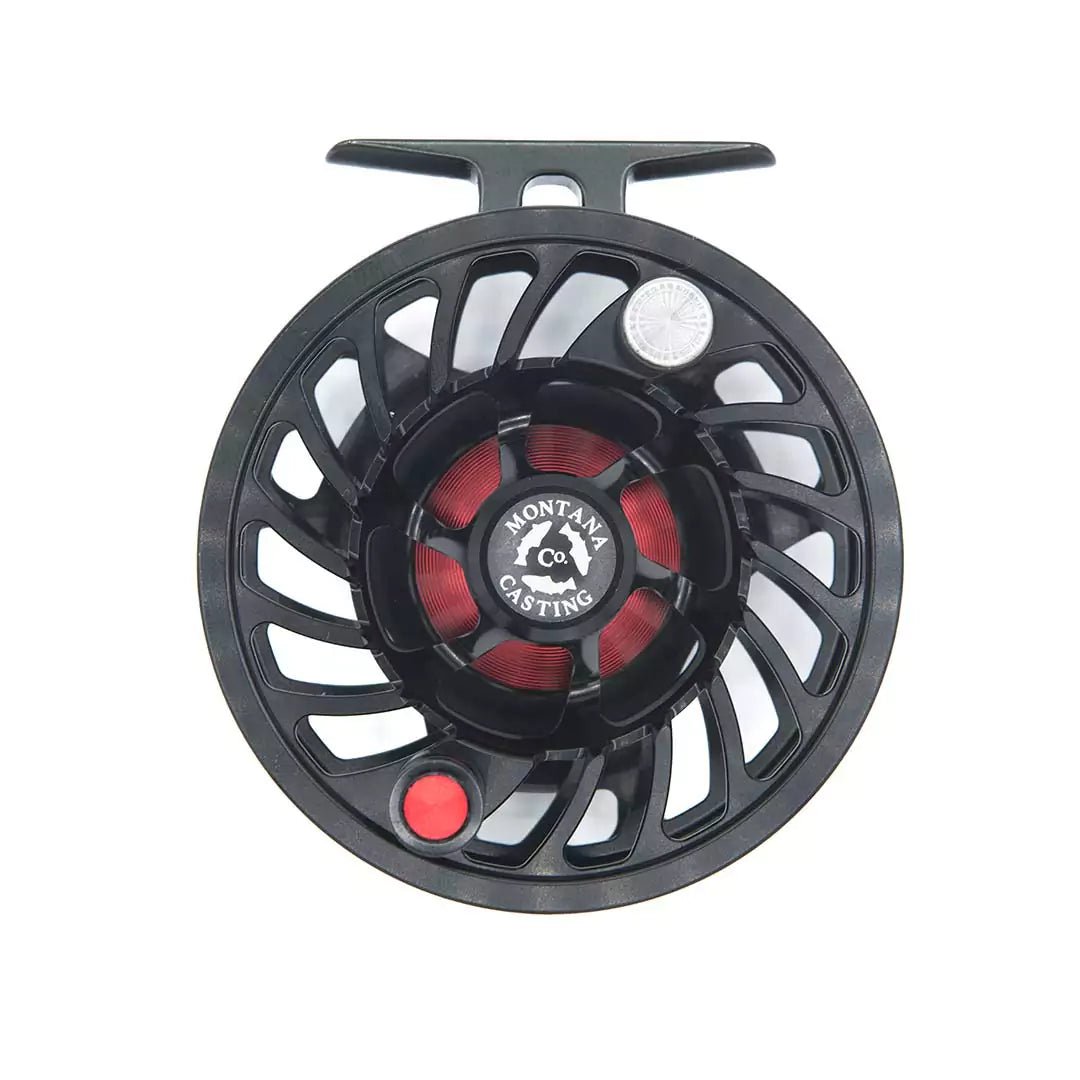
0 comments